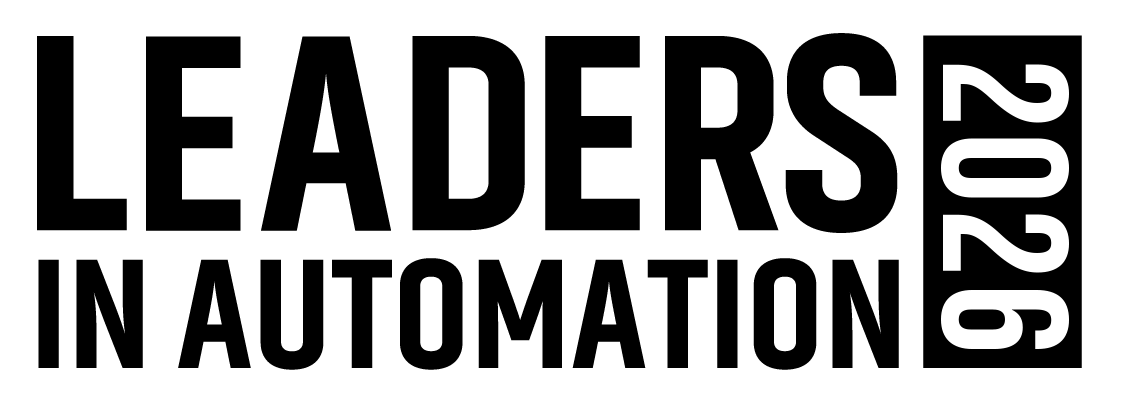In the years ahead, Indian BPOs may just lose their cost advantage, and outsourcers will be forced to lower-cost locations.
India may witness a shortfall of a half-million people in the BPO industry by 2008, according to an estimate by management consultant McKinsey & Co. In response, the BPO operators have followed the course charted by contract manufacturers and begun to invest heavily in process automation, replacing labor with hardware and software.
In the past, automation and lean practices helped Japanese automobile companies develop an edge over U.S. car companies, an advantage that companies such as Toyota continue to maintain. It’s now time for BPOs to do something similar, industry players say.
About the Author
Sign up for our eNewsletters
Get the latest news and updates

Leaders relevant to this article: